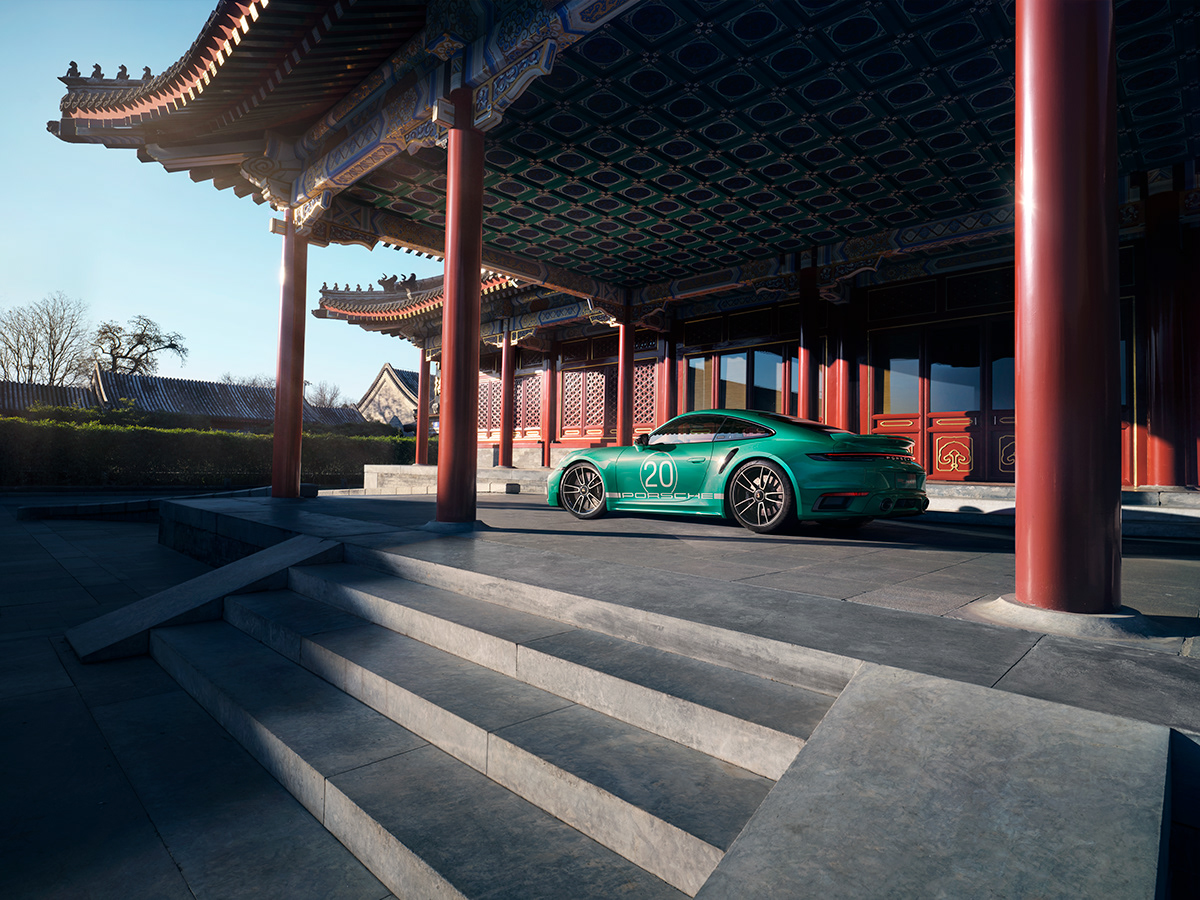BMW, Porsche, And The Shifting Sands Of The Chinese Automotive Landscape

Table of Contents
The Rise of Chinese Domestic Brands and Increased Competition
The Chinese automotive market is no longer dominated solely by international players. Domestic brands have rapidly gained market share, posing a significant challenge to established luxury brands like BMW and Porsche.
Challenges Posed by Local Competitors:
- Aggressive Market Share Growth: Chinese automakers such as BYD, NIO, and Xpeng are rapidly expanding their market share, particularly in the electric vehicle (EV) sector. Their innovative technologies and competitive pricing are attracting a growing number of Chinese consumers.
- Technological Advancements: Chinese brands are investing heavily in research and development, producing vehicles with advanced features and technologies that rival, and in some cases surpass, those of established international brands. This includes breakthroughs in battery technology, autonomous driving capabilities, and connected car features.
- Impact on BMW and Porsche: The rise of domestic brands has directly impacted the sales and market positioning of BMW and Porsche in China. These established players are facing increased pressure to maintain their premium image and competitiveness.
Strategies for Maintaining a Competitive Edge:
- Product Differentiation: BMW and Porsche are focusing on enhancing their product offerings, emphasizing unique design elements, superior performance, and advanced technologies to differentiate themselves from the competition. This includes continued investment in research and development of high-performance engines and cutting-edge driver-assistance systems.
- Targeted Marketing Campaigns: Both brands are employing sophisticated marketing strategies tailored to the specific preferences and cultural nuances of the Chinese consumer. This includes collaborations with Chinese celebrities and influencers and utilizing digital marketing platforms to reach target audiences.
- Localization Efforts: BMW and Porsche are adapting their products and services to better suit the local market. This includes offering specific models and features designed to appeal to Chinese consumers and enhancing their after-sales services to meet local expectations. This localization extends to manufacturing as well, with increasing local production to reduce costs and improve supply chain efficiency.
Changing Consumer Preferences in China
The Chinese automotive market is characterized by rapidly evolving consumer preferences, particularly regarding electric vehicles and technological advancements.
Evolving Demand for Electric Vehicles (EVs):
- Rapid EV Market Growth: China's EV market is expanding at an unprecedented rate, driven by government incentives, increasing environmental awareness, and technological advancements. This presents both a huge opportunity and a significant challenge for luxury car brands.
- BMW and Porsche's EV Strategies: BMW is aggressively pursuing the EV market in China with models like the iX, while Porsche is making a strong push with its Taycan. Both brands are adapting their production and sales strategies to meet the growing demand for EVs.
- Consumer Preferences for EV Features: Chinese EV consumers prioritize features such as long driving range, fast charging capabilities, advanced driver-assistance systems, and connectivity features. BMW and Porsche are tailoring their EVs to meet these preferences.
Focus on Luxury and Technology:
- Importance of Luxury and Technology: Chinese consumers place a high value on luxury and technological features in their vehicles. Beyond basic transportation, a car is seen as a status symbol and a reflection of personal success.
- Catering to Consumer Preferences: BMW and Porsche are emphasizing advanced driver-assistance systems (ADAS), connected car features, and luxurious interiors to meet these demands. This includes integrating features like advanced infotainment systems and high-quality materials.
- Role of Brand Image and Prestige: Maintaining a strong brand image and prestige is crucial for success in the luxury segment of the Chinese automotive market. BMW and Porsche leverage their established brand heritage and reputation for quality to attract affluent Chinese consumers.
Navigating the Complex Regulatory Landscape
The Chinese automotive market is subject to a complex and constantly evolving regulatory landscape. Navigating this environment requires a deep understanding of government policies and regulations.
Government Regulations and Policies:
- Emission Standards and NEV Subsidies: The Chinese government has implemented stringent emission standards and offers substantial subsidies for New Energy Vehicles (NEVs), including EVs and plug-in hybrids. These policies significantly influence the strategies of automotive manufacturers.
- Influence on BMW and Porsche: These regulations and policies impact BMW and Porsche's product development, manufacturing processes, and sales strategies. They must adapt to meet the increasingly stringent emission requirements and capitalize on the available subsidies for EVs.
- Bureaucratic Challenges: Navigating the complex bureaucracy associated with obtaining necessary permits and approvals is a significant challenge for foreign automotive companies operating in China.
Supply Chain Management and Localization:
- Importance of Local Sourcing: Localizing manufacturing and sourcing components within China is essential for reducing costs, improving supply chain efficiency, and responding effectively to the changing market dynamics.
- BMW and Porsche's Supply Chain Strategies: Both BMW and Porsche are actively working to establish strong local supply chains in China, collaborating with local suppliers and investing in local manufacturing facilities.
- Benefits and Challenges of Localization: While localization offers several advantages, including reduced costs and improved responsiveness to the market, it also presents challenges, such as managing local partnerships and ensuring consistent quality standards.
BMW, Porsche, and the Future of the Chinese Automotive Market
In conclusion, BMW and Porsche face a dynamic and challenging landscape in China. The rise of domestic brands, evolving consumer preferences, and a complex regulatory environment require constant adaptation and innovation. Their strategies, focused on product differentiation, targeted marketing, localization, and embracing electric vehicles, will determine their continued success in this crucial market. Understanding the intricacies of their approach is crucial for comprehending the future of these luxury brands and the broader Chinese automotive market. To further explore this fascinating topic, we encourage you to research the latest sales figures for luxury vehicles in China and analyze the ongoing advancements of Chinese domestic automakers. Understanding the complexities of the Chinese automotive landscape is crucial for anyone interested in the future of luxury car brands like BMW and Porsche.

Featured Posts
-
 Ex Nfl Quarterbacks Unexpected Japan Baseball Grab Muncys Fly Ball Stolen
May 15, 2025
Ex Nfl Quarterbacks Unexpected Japan Baseball Grab Muncys Fly Ball Stolen
May 15, 2025 -
 Get This Free Game On Steam A Players Perspective
May 15, 2025
Get This Free Game On Steam A Players Perspective
May 15, 2025 -
 Padres Defeat Athletics First Mlb Team To 10 Wins
May 15, 2025
Padres Defeat Athletics First Mlb Team To 10 Wins
May 15, 2025 -
 Jalen Brunsons Ankle Injury Knicks Lakers Game Update
May 15, 2025
Jalen Brunsons Ankle Injury Knicks Lakers Game Update
May 15, 2025 -
 New Nhl Draft Lottery System A Source Of Fan Frustration
May 15, 2025
New Nhl Draft Lottery System A Source Of Fan Frustration
May 15, 2025
